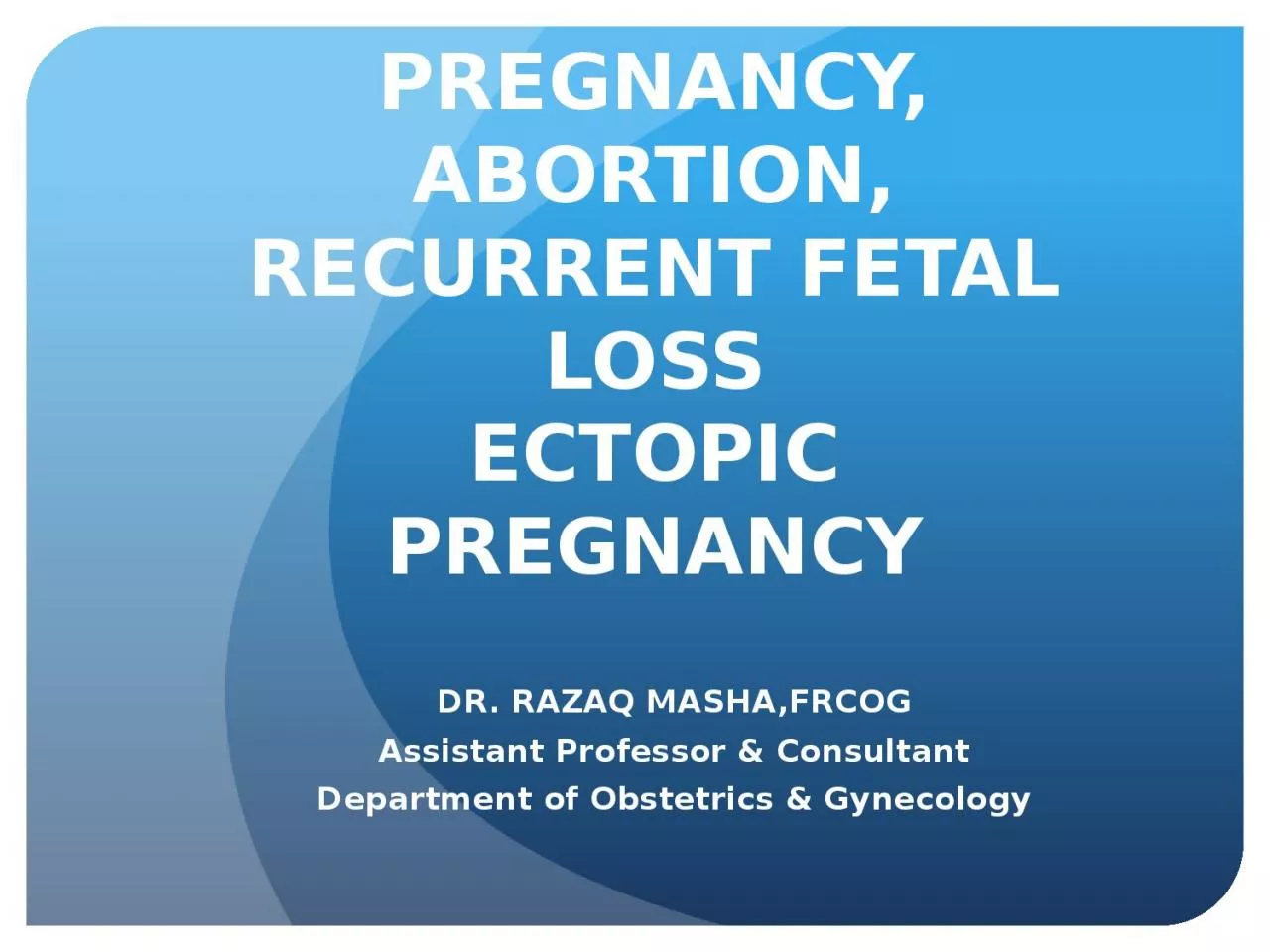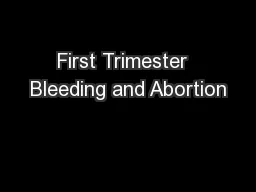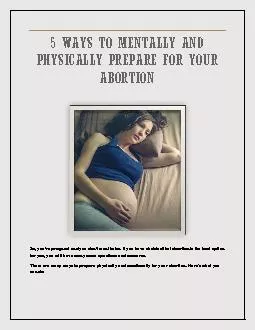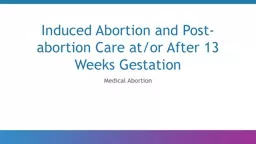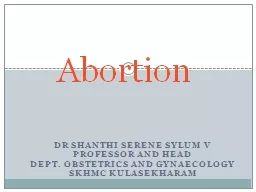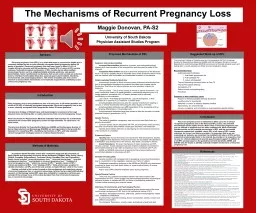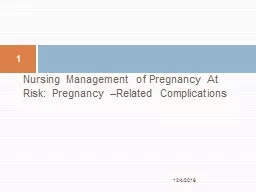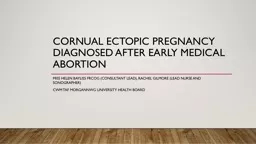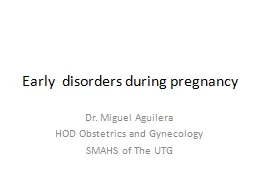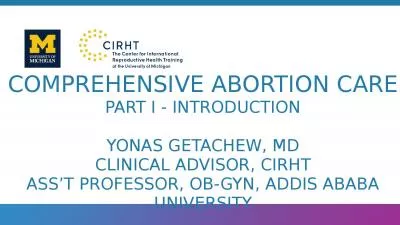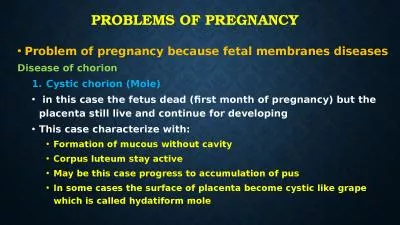PPT-BLEEDING IN EARLY PREGNANCY, ABORTION, RECURRENT FETAL LOSS
Author : madison | Published Date : 2023-11-16
ECTOPIC PREGNANCY DR RAZAQ MASHAFRCOG Assistant Professor amp Consultant Department of Obstetrics amp Gynecology An abortion is pregnancy that ends before the baby
Presentation Embed Code
Download Presentation
Download Presentation The PPT/PDF document "BLEEDING IN EARLY PREGNANCY, ABORTION, R..." is the property of its rightful owner. Permission is granted to download and print the materials on this website for personal, non-commercial use only, and to display it on your personal computer provided you do not modify the materials and that you retain all copyright notices contained in the materials. By downloading content from our website, you accept the terms of this agreement.
BLEEDING IN EARLY PREGNANCY, ABORTION, RECURRENT FETAL LOSS: Transcript
Download Rules Of Document
"BLEEDING IN EARLY PREGNANCY, ABORTION, RECURRENT FETAL LOSS"The content belongs to its owner. You may download and print it for personal use, without modification, and keep all copyright notices. By downloading, you agree to these terms.
Related Documents

